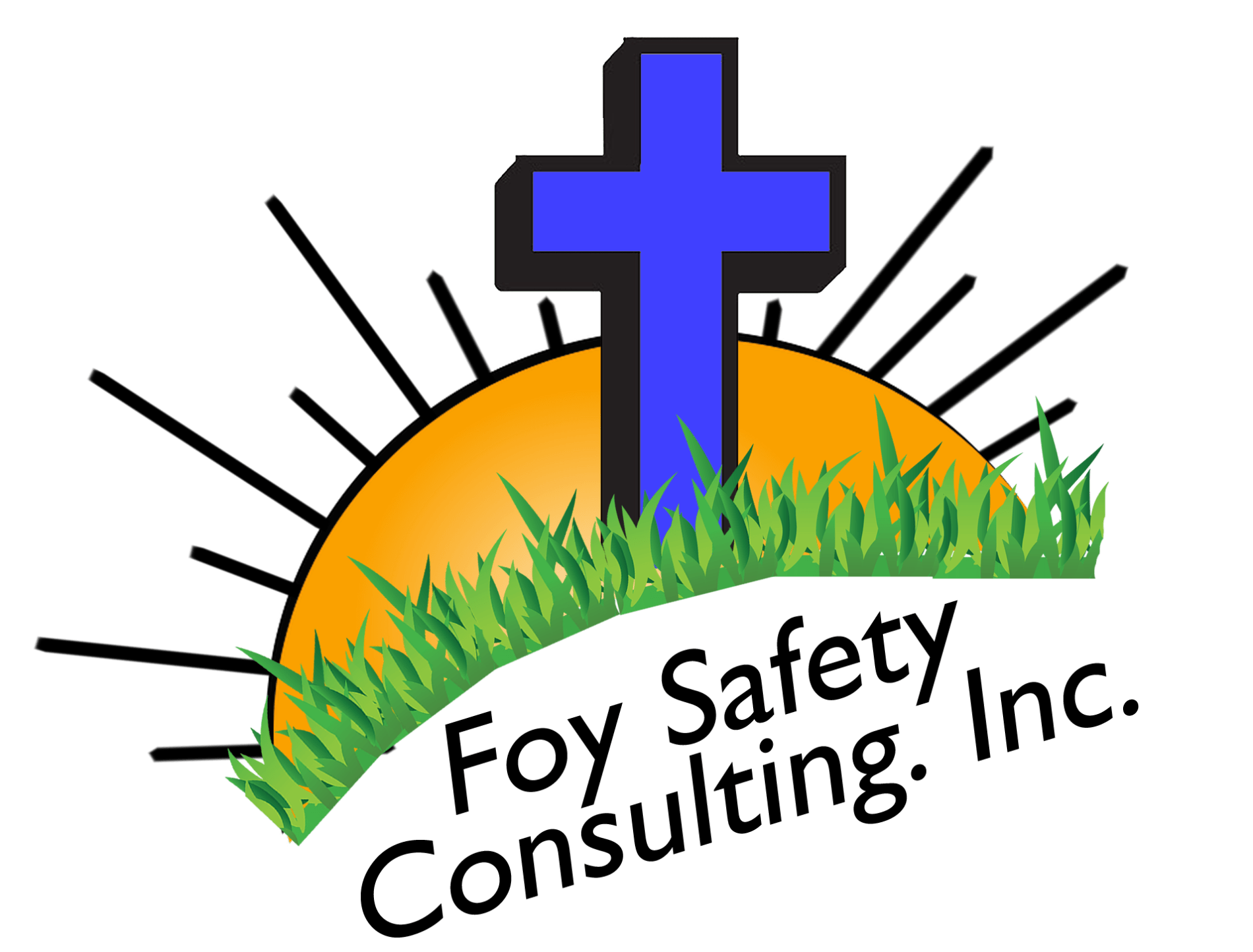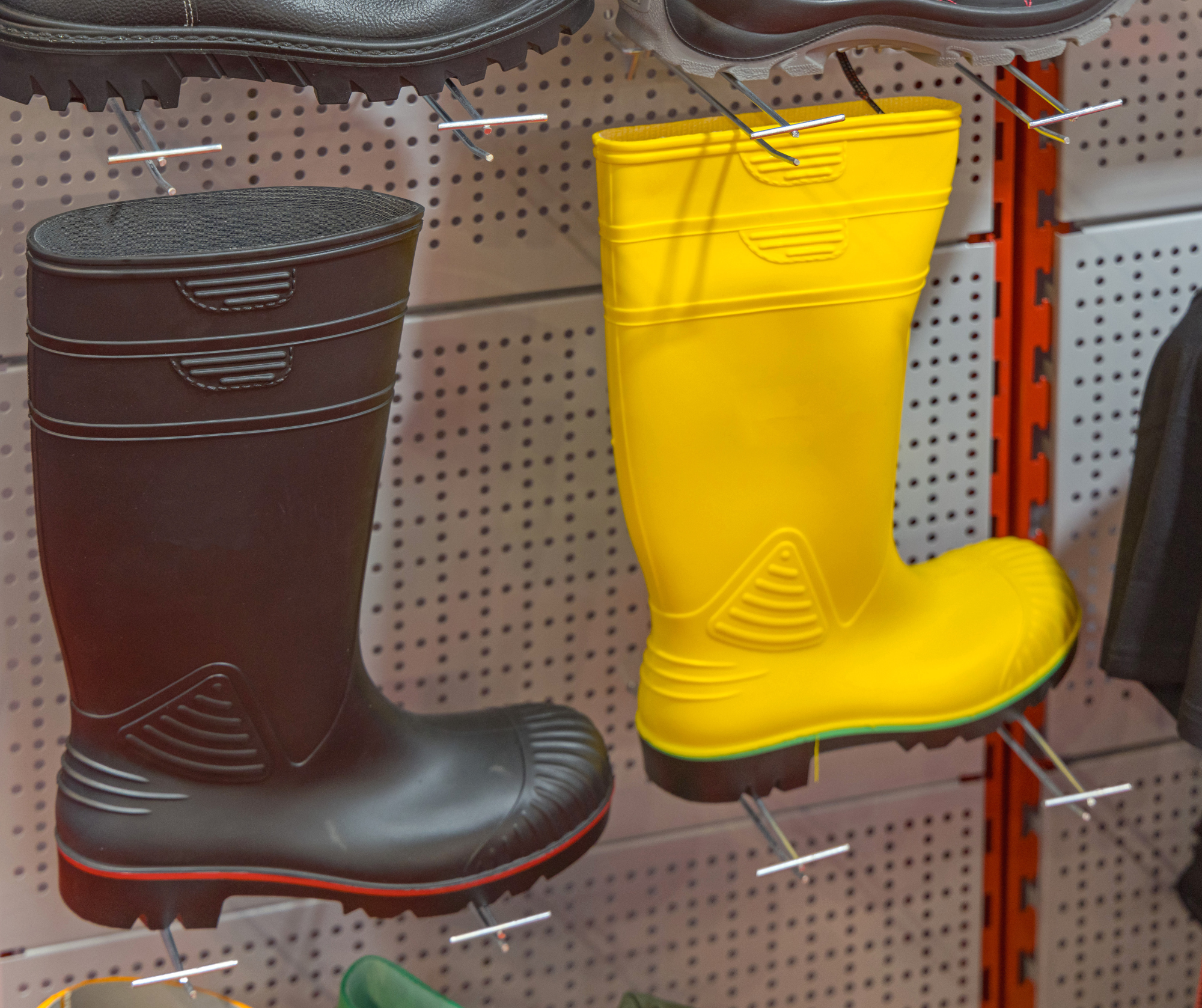When we think about workplace hazards, we often picture falls, burns, or heavy machinery accidents. But there’s one danger that doesn’t get nearly enough attention—trench foot. This painful and potentially serious condition can develop in just a few hours under the wrong conditions, and if left untreated, it can lead to severe infections or even amputation. Understanding how trench foot develops and what OSHA regulations say about preventing it can help keep workers safe, especially in industries where prolonged exposure to wet environments is common.
What is Trench Foot?
Trench foot, also known as immersion foot syndrome, is a condition caused by prolonged exposure to wet, cold environments. It’s not just about getting your feet wet—when feet are constantly damp and exposed to cool temperatures (even above freezing), circulation slows, leading to tissue damage. Symptoms can include:
- Numbness or tingling
- Blisters or open sores
- Swelling and redness
- A sensation of heaviness in the feet
- In severe cases, gangrene (tissue death)
This condition earned its name during World War I, when soldiers in the trenches suffered from it due to wet, unsanitary conditions. Today, trench foot is still a risk for workers in construction, agriculture, emergency response, and other outdoor jobs where feet stay wet for long periods.
How Does OSHA Address Trench Foot?
While OSHA doesn’t have a regulation that specifically mentions trench foot, it does have standards that address cold stress, personal protective equipment (PPE), and workplace safety. Here’s how employers are expected to prevent trench foot under OSHA guidelines:
- Providing Proper Footwear – Employers must ensure that workers have waterproof, insulated boots in wet environments. In some cases, moisture-wicking socks may also be required.
- Monitoring Work Conditions – OSHA’s general duty clause requires employers to provide a safe work environment. This means addressing hazards like prolonged exposure to wet and cold conditions.
- Breaks and Dry Areas – Employers should provide dry, heated areas for workers to change socks and footwear. Regular breaks can help workers dry their feet and reduce exposure time.
- Training and Awareness – Workers should be trained to recognize the signs of trench foot and encouraged to report symptoms early. Prevention is much easier than treating severe cases.
Preventing Trench Foot on the Job
Even with OSHA’s guidelines in place, workers need to take proactive steps to protect themselves from trench foot. Here are some simple but effective ways to prevent it:
- Keep your feet dry – Change into dry socks regularly and avoid wearing the same damp footwear all day.
- Choose the right boots – Waterproof, breathable boots with proper insulation can make a huge difference.
- Use foot powders – Anti-moisture foot powders can help absorb sweat and prevent excessive dampness.
- Take breaks – Whenever possible, elevate and air out your feet during breaks to improve circulation.
Why This Matters?
Trench foot is more than just an inconvenience—it’s a serious workplace hazard that can lead to long-term health issues. OSHA’s role in enforcing workplace safety means employers have a responsibility to minimize risks, but awareness and prevention are key. By taking proactive steps, both employers and workers can help prevent trench foot and maintain a safer, healthier workplace.
At Foy Safety, we’re committed to keeping workers informed and protected. Whether it’s proper PPE, workplace best practices, or OSHA compliance, understanding these hazards helps ensure that safety is always the top priority.


